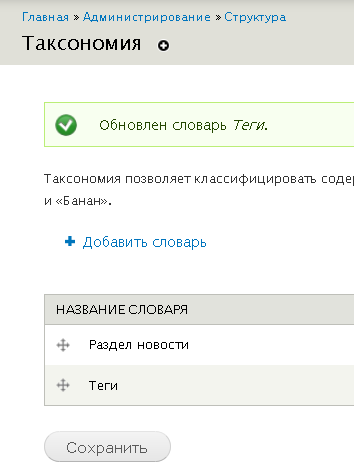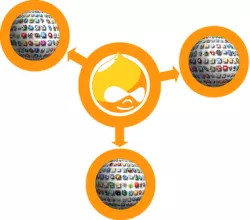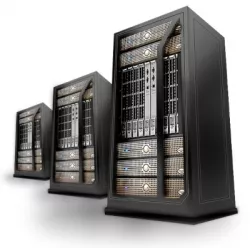Drupal features feature module version update
In the previous lesson, we looked at how to create feature modules for Drupal. In this lesson, let’s go over how to update those modules by adding new functionality.

Drupal features and taxonomy
In previous lessons, we created a feature module—first version alpha1, then alpha2. Now we’ll create the next version: alpha3. We'll add a taxonomy vocabulary for news sections, as well as tags for each news item.
We’ll create two taxonomy vocabularies: "News Section" and "Tags".

Setting up your web server
Most websites built with Drupal are hosted on shared hosting, with fewer sites on virtual private servers (VPS) or dedicated servers. You may currently be using shared hosting but considering a move to a server due to site growth or hosting multiple Drupal websites. Let's look at the key differences between shared hosting, VPS, and dedicated servers.
Setting up APC. Caching in php.
!!! Warning !!! Do not use APC if you're running PHP version 5.5 or higher—OPCache replaces APC and is built into PHP.
On March 21, 2013, PHP 5.5 beta 1 was released including Zend OPCache—this strongly suggests that OPCache is the official replacement for APC, as it’s included in the PHP core and must be maintained with every new PHP release.
Description of Drupal modules
In this section I will describe Drupal modules
CCK (Fields API) drupal description
The CCK module allows you to create custom content types with the necessary fields such as text fields, dropdowns, checkboxes, and radio buttons. You can also add custom fields to existing content types.
Integration with Other Modules
block_submit
Prevents multiple form submissions. It uses JavaScript to disable or hide buttons after one click, with an option to show a message instead.
Views drupal description
The Views module version 2 alpha is not fully functional. It cannot upgrade older versions of Views, and it will not work on a site where Views version 1 is already installed unless that version is first uninstalled using the 'uninstall' command. Many features are still missing, but you can experiment with it for now. Currently, it seems that Views version 2 does not work on PHP4.
Drupal CTools module description
This suite is primarily a collection of APIs and tools designed to enhance the developer experience. It also includes a module called Page Manager, whose main purpose is to manage pages. In particular, it handles panel pages, but as it grows, it will be able to manage much more than just panels.
Currently, it includes the following tools:
Administration menu drupal module description
Provides a theme-independent administrative interface (also known as navigation or back-end). It’s a helpful tool for new users coming from other CMSs, saves time for site administrators, and is also useful for site developers.
Administrative links are displayed in a CSS/JS-based menu at the top of every page on your site. It not only includes standard menu items—tasks and operations—but also provides quick access to any administrative resource on your Drupal site.
Drupal Nice Menus and Superfish. Description and comparison of dropdown menu modules.
Nice Menus and Superfish modules allow you to create vertical and horizontal dropdown menus. You should choose one of the two and use it. Both modules are popular and have many add-ons.
Both Nice Menus and Superfish use the same jQuery Superfish library:


